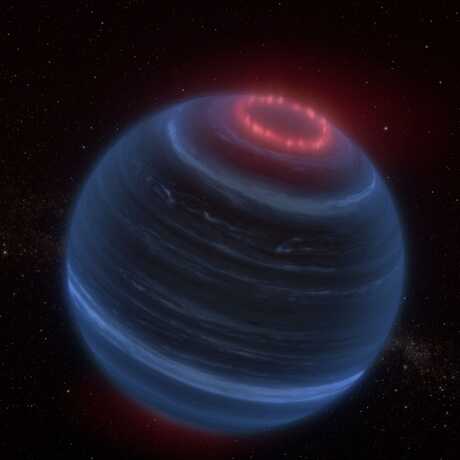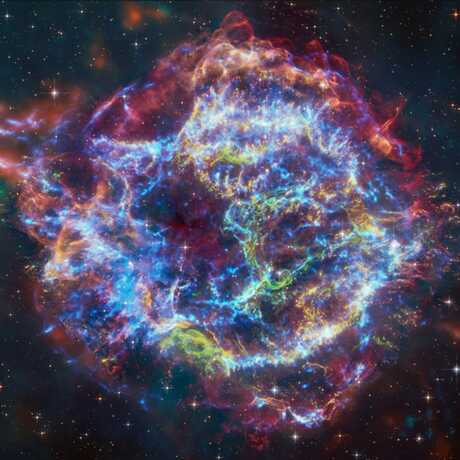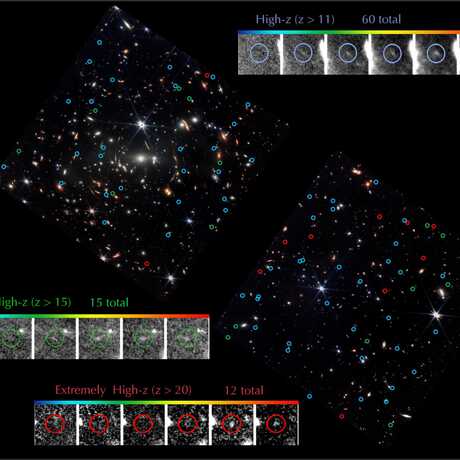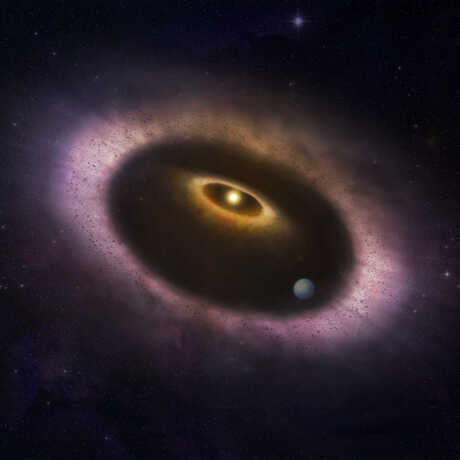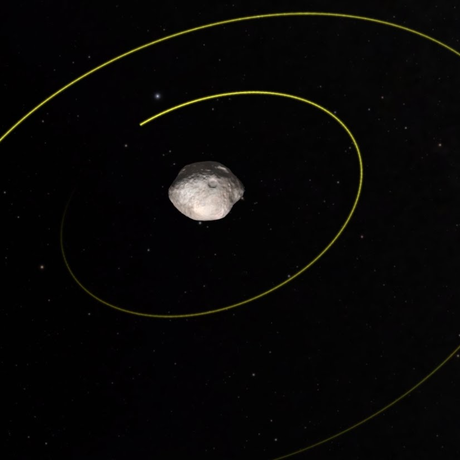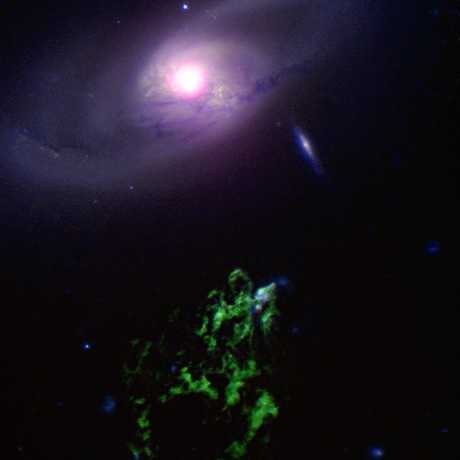Featured Articles
Brown dwarf W1935 exhibits signs of glowing methane—possibly caused by aurorae!
Cassiopeia A is one astronomical object that looks exactly like what it is—a star that exploded 350 years ago!
JWST launches the first day of astronomy’s big meeting with news about science, technology, and galaxies!
The connection between disks and planet formation continues to expand as astronomers view them in new detail.
An exoplanet with two suns found through microlensing, seeing a star eaten by a black hole, and going deeper.
What can moons orbiting asteroids tell us about the formation of our solar system?
Space Friday: Moon and earthquakes, no splashing for Curiosity, a stealth black hole, and mapping the Galaxy.
A spacecraft’s long trip to an asteroid, Jupiter’s north and south poles, Titan’s features, and a poky pulsar.
Space Friday news includes Ceres, Spitzer beyond, early stars and a wrong number.
This week’s Space Friday includes a comet outburst, potentially habitable Proxima b, and a galaxy of dark matter
Blobs, bubbles, and black holes; brown dwarfs and exoplanets; Venus 715 million years ago; and planet-gazing.
The influence of celestial events on Earth's war and peace, and Titan's deep, eroding canyons unveiled and TNOs
The view of the Milky Way disappearing, a pumped-up Perseid meteor shower, and Io's atmosphere analized.
Space Friday news: A rocket lighting up the sky, the end of Philae, the Great Red Spot, and supernova shells.
